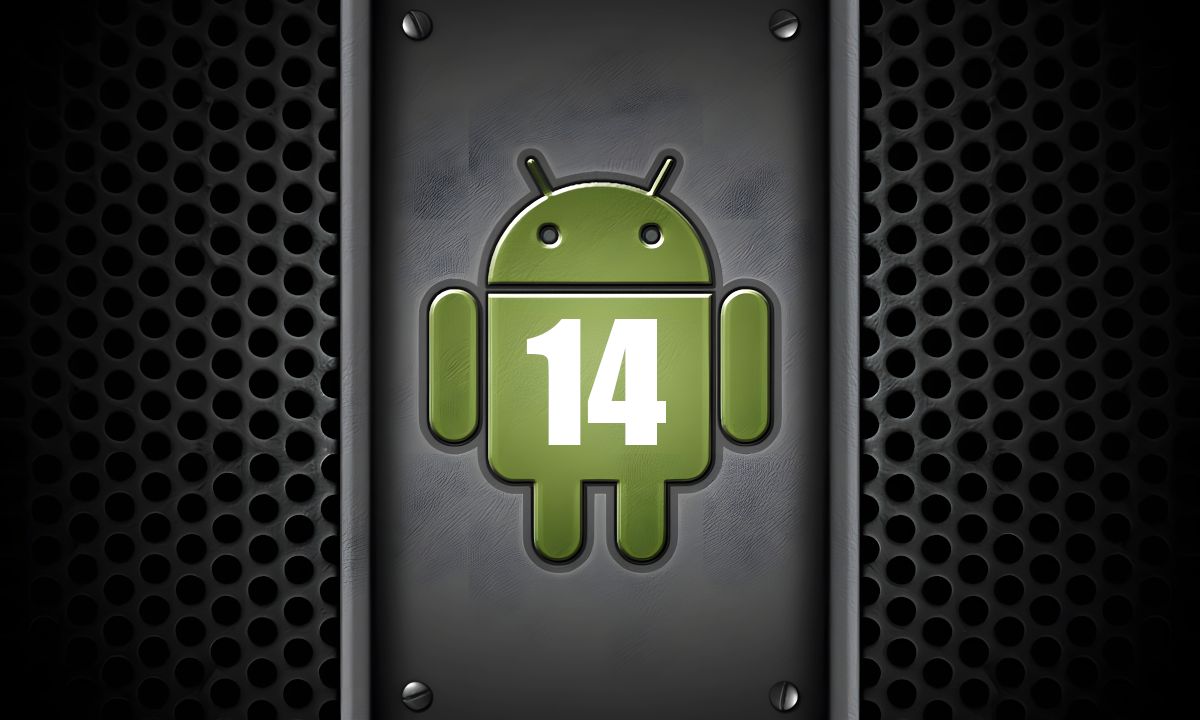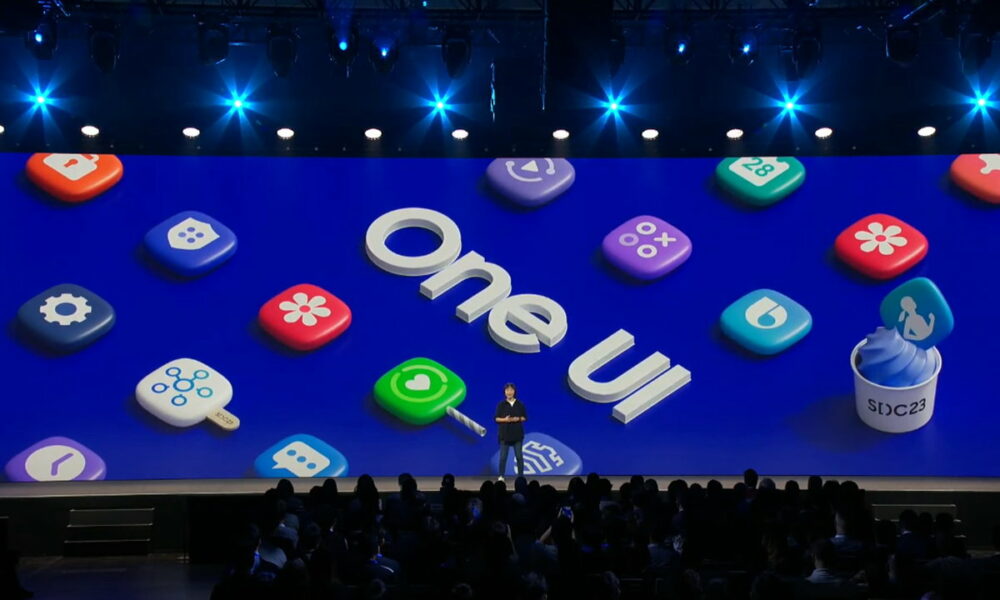This month, Samsung started updating its Galaxy devices with One UI 6, a new user interface Samsung developed on Google’s official Android 14. As expected, the company has started rolling out its flagship S23 smartphones, but there are still many mobile phones and tablets that need to be updated.
The official list for Germany published this week in the app Samsung members, puts us on track for its arrival in Spain, as we believe it will be quite similar. It is likely that these plans will start appearing in the next few days for the rest of the countries and every user can check them in the notification section of the app (by tapping on the bell icon).
Galaxy with One UI 6 in Europe
Following Google’s pressure on its manufacturing partners Samsung extended to three years (minimal) updates to major Android versions. This should extend its life and not make the terminals obsolete, which can continue to work perfectly thanks to the hardware. Samsung is the manufacturer that invests the most in Android software, with its own user interface and a whole host of added apps and services.
It is also usually one of the first to release new versions, with OTA releases that allow for easy device updates. According to the list for Germany, the company will do the hard work until the end of the year, although other devices will be updated as early as early 2024. We leave the list for you:
Cell phones
- Galaxy S23 – Updated
- Galaxy S23+ – Updated
- Galaxy S23 Ultra – Updated
- Galaxy Z Fold 5 – November 2023
- Galaxy Z Fold 4 – December 2023
- Galaxy Z Fold 3 – December 2023
- Galaxy Z Flip 5 – November 2023
- Galaxy Z Flip 4 – December 2023
- Galaxy Z Flip 3 – December 2023
- Galaxy S22 – December 2023
- Galaxy S22+ – December 2023
- Galaxy S22 Ultra – December 2023
- Galaxy S21 – December 2023
- Galaxy S21+ – December 2023
- Galaxy S21 Ultra – December 2023
- Galaxy S21 FE – December 2023
- Galaxy A72 – December 2023
- Galaxy A54 5G – November 2023
- Galaxy A53 5G – December 2023
- Galaxy A52 – December 2023
- Galaxy A52 5G – December 2023
- Galaxy A52s 5G – December 2023
- Galaxy A34 5G – November 2023
- Galaxy A33 5G – December 2023
- Galaxy A23 5G – January 2024
- Galaxy A14 – December 2023
- Galaxy A14 5G – December 2023
- Galaxy A13 – February 2024
- Galaxy A13 5G – February 2024
- Galaxy A04s – February 2024
- Galaxy M53 5G – December 2023
- Galaxy M33 5G – December 2023
- Galaxy M23 5G – February 2024
- Galaxy M13 – February 2024
- Galaxy XCover 6 Pro – December 2023

Tablets
- Galaxy Tab S9 – November 2023
- Galaxy Tab S9 5G – November 2023
- Galaxy Tab S9+ – November 2023
- Galaxy Tab S9+ 5G – November 2023
- Galaxy Tab S8 – December 2023
- Galaxy Tab S8 5G – December 2023
- Galaxy Tab S8+ – December 2023
- Galaxy Tab S8+ 5G – December 2023
- Galaxy Tab S8 Ultra – December 2023
- Galaxy Tab S8 Ultra 5G – December 2023
- Galaxy Tab S7 FE – January 2024
- Galaxy Tab S7 FE 5G – January 2024
- Galaxy Tab S6 Lite – November 2023
- Galaxy Tab Active 4 Pro – January 2024
- Galaxy Tab Active 4 Pro 5G – January 2024
- Galaxy Tab A8 – February 2024
- Galaxy Tab A7 Lite – February 2024
What does One UI 6 offer?
Samsung has focused on supporting the general new features of Android 14, such as the best ones bloatware management (which is about time because Android, like Windows, has to give and take) or password changes with compatibility Credential and access key manager, which simplifies the authentication process and improves security compared to typical passwords. We’ve also seen automatic card switching in dual SIM systems; optimization of applications on folding devices; increasing system text scaling up to 200% or reserving foreground services for only the highest priority tasks.
Of course, Samsung brought its own new features to its interface and – in addition to updating its own apps – improved the way notifications and the quick settings panel are displayed. There’s also a new default font, new emoticons, a new custom camera widget that allows you to preset the camera mode and storage location, as well as the ability to set different lock screens depending on the user’s current mode and routine.














